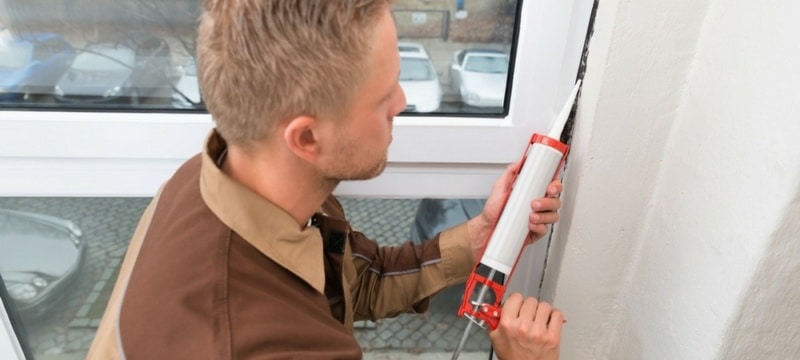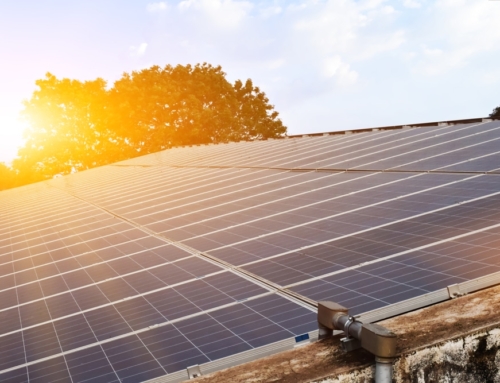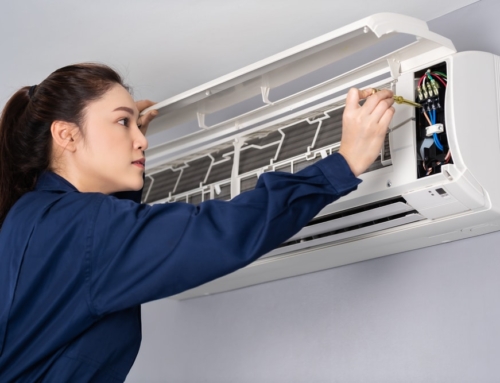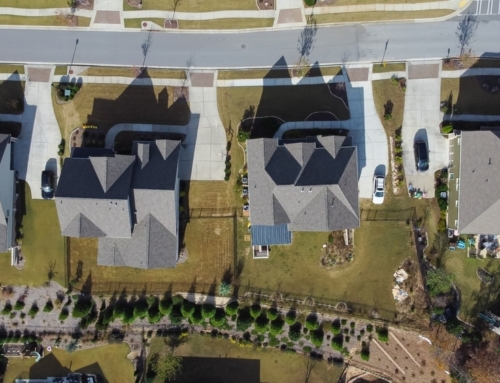The arrival of winter means we’re bundling up in coats, hats, and scarves, but is your house ready for low temperatures? Here are some easy weatherproofing and winterizing strategies. Add these tips to your winter home maintenance checklist to help keep your home toasty warm and to lower your gas bill.
Inspect and maintain home heating systems
Get an inspection of your heating system done before the temperatures drop too low. Clogged filters or dirty air vents can reduce the efficiency of your heating system and raise your heating bill. An annual inspection can ensure that your heating system is working to the best of its abilities and that it won’t break in the middle of a winter snowstorm.
Reduce window and door drafts
For the price of a tube of caulk, you can dramatically reduce your monthly heating bill. Especially if you have an older home, you’re probably leaking a lot of your heat out through cracks around your windows and doors. Older homes are also notorious for leaking heat through the roof.
Sears Home Services has a tip for checking for drafts or leaks: Hold a lit incense stick next to doorways and windows and watch the smoke. When you find leaks, seal them with caulk, and then watch for the savings on your heating bill.
Clean gutters
We talked about this in my blog post about fall home maintenance, but clogged gutters can affect you all through the winter. When water freezes on your roof, it can create an ice dam. Melting ice and snow can find its way under shingles and cause major leaks and roof damage. Prevent this damage by making sure your gutters are clean so that the water and snow have somewhere to go.
Insulate your water heater and pipes
You wear a coat in the winter, why shouldn’t your water heater? An insulating blanket may be built into your water heater, but you should consider wrapping your pipes this winter. Your water heater has to work harder on the coldest days, and you can help reduce the energy required to keep your bath water warm.
Upgrade to Energy Star products
This tip may go against your saving money goals, but you’ll see results in the long run. Buying Energy Star products can require more money out of pocket upfront, but you’ll see a return from this investment through lowered energy bills and tax credits for certain energy-efficient appliances. (You may also be able to get a tax credit for upgrading your windows.)
What are you doing to winterize your home this year? Share your winter home maintenance tasks in the comments.
Ilyce R. Glink is the author of several books, including 100 Questions Every First-Time Home Buyer Should Ask and Buy, Close, Move In!. She blogs about money and real estate at ThinkGlink.com and at the Home Equity blog for CBS MoneyWatch.






